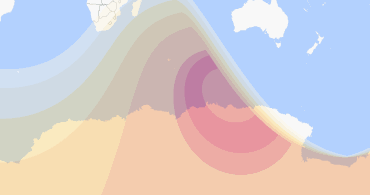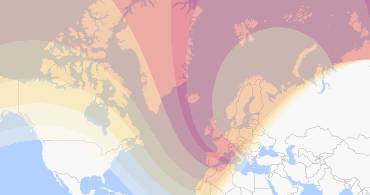Upcoming Eclipses
Annular Solar Eclipse: February 17, 2026

For detailed information on the eclipse's path and timing specific to your location, you can refer to interactive maps provided by timeanddate.com.
On February 17, 2026, an annular solar eclipse will occur, visible annularly in Antarctica and partially in South Argentina & Chile, South Africa, and some parts of Antarctica.
Total Solar Eclipse: August 12, 2026

For detailed information on the eclipse's path and timing specific to your location, you can refer to interactive maps provided by timeanddate.com.
On August 12, 2026, a total solar eclipse will occur, visible totally in Arctic, Greenland, Iceland, Spain and partially North America, West Africa and other parts of Europe.
Future Solar Eclipses
| Date | Type | Locations |
|---|---|---|
| February 6, 2027 | Annular | Annular: Chile, Argentina, Atlantic |
| August 2, 2027 | Total | Total: Morocco, Spain, Algeria, Tunisia, Libya, Egypt, Saudi Arabia, Yemen, Somalia |
| January 26, 2028 | Annular | Annular: Ecuador, Peru, Colombia, Brazil, French Guiana, Portugal, Spain |
| July 22, 2028 | Total | Total: Australia, New Zealand |
Sources: timeanddate.com and wikipedia.org

